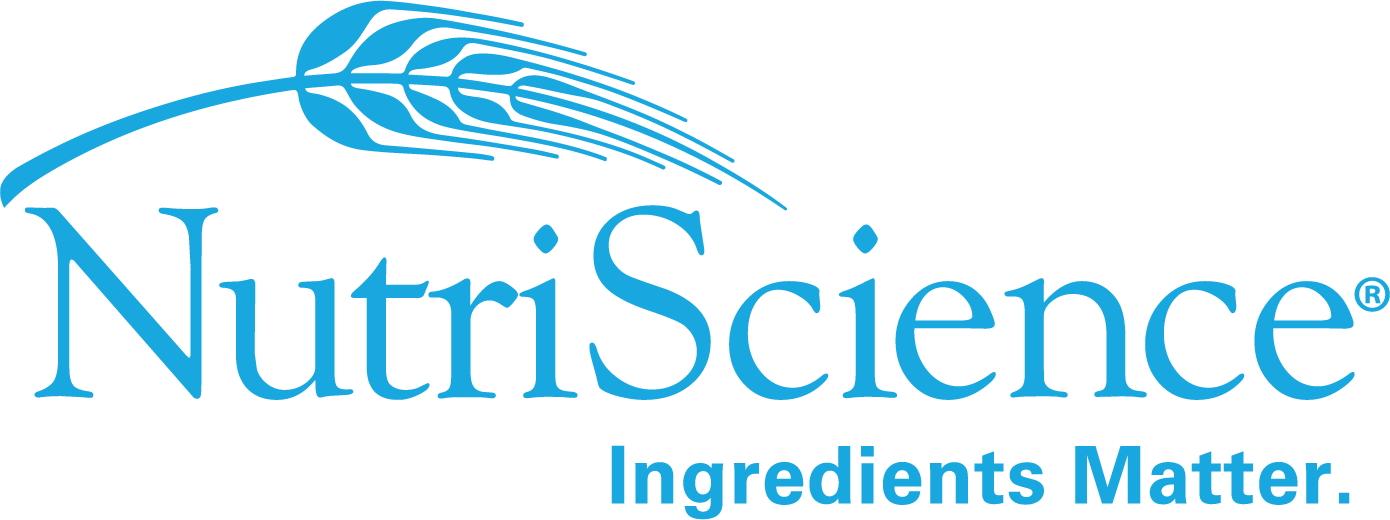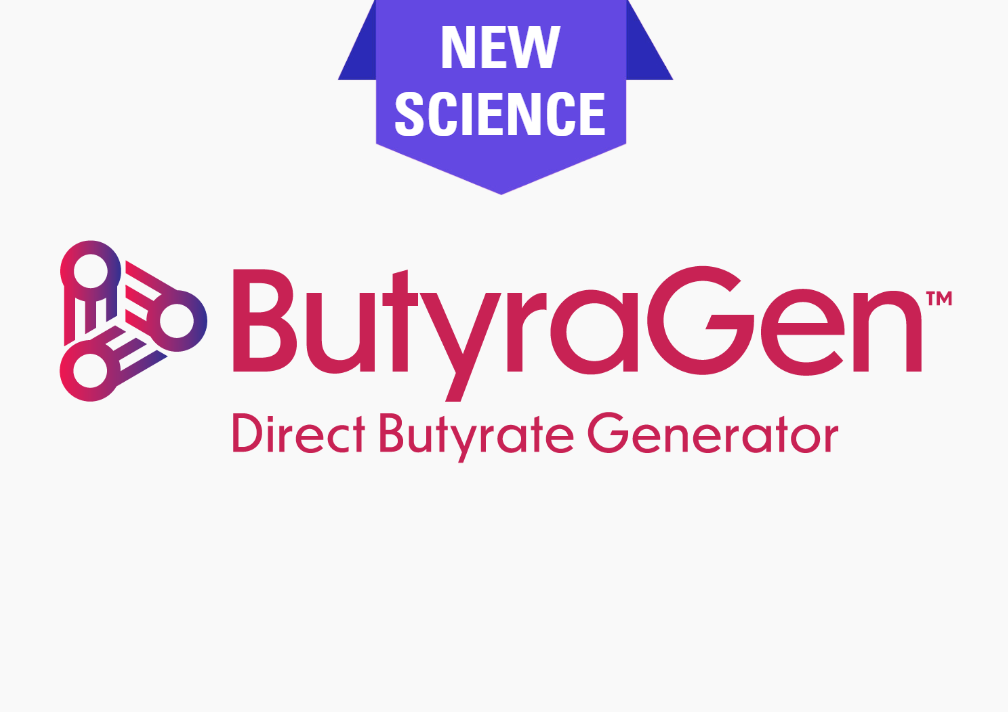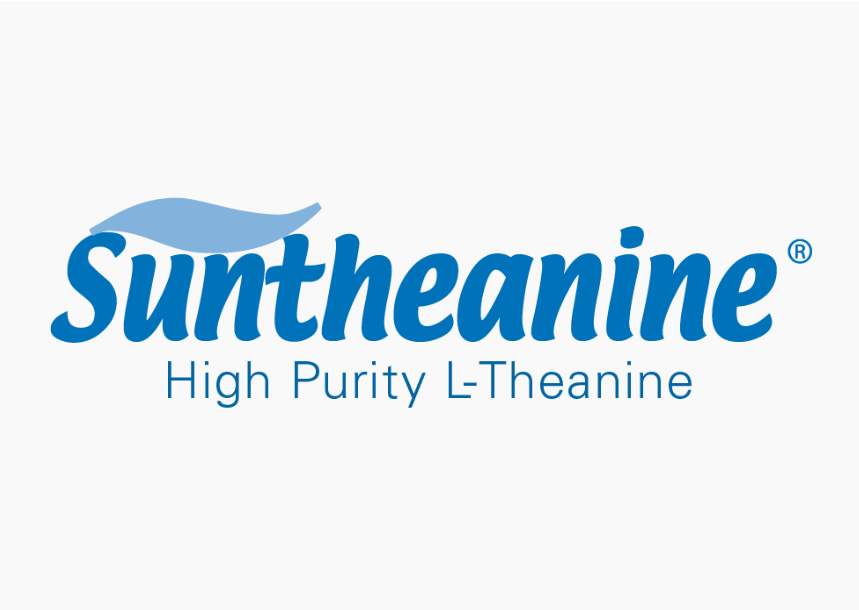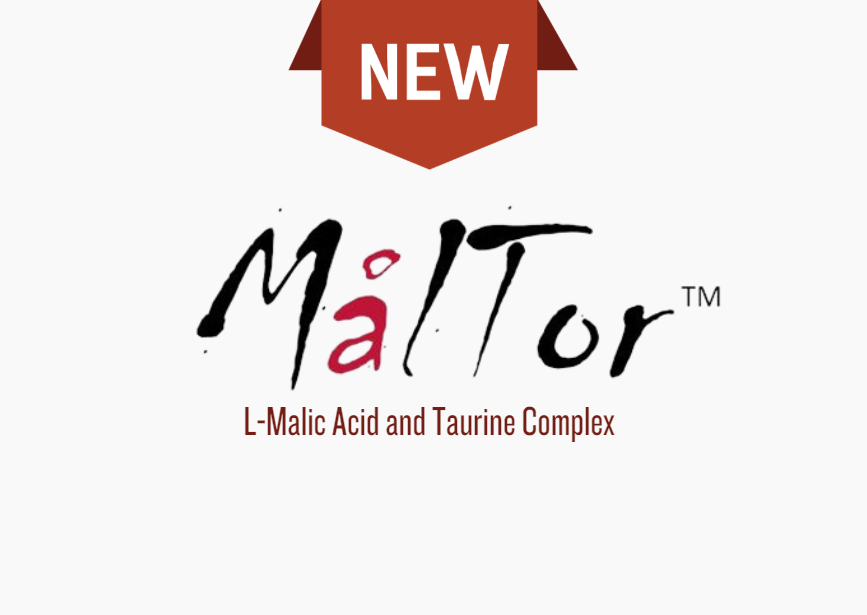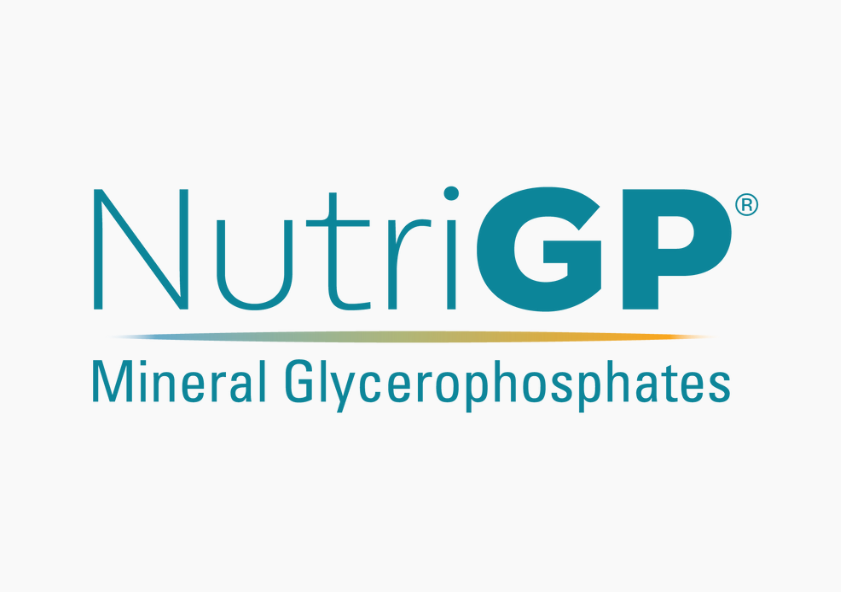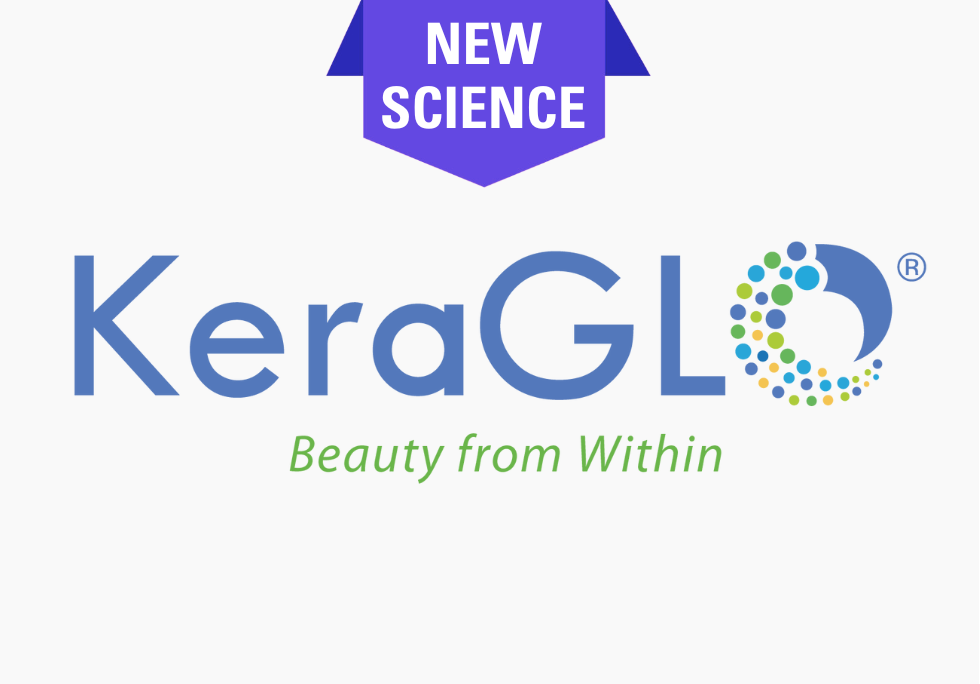Safety and Toxicity Evaluation of an Extract of Rhodiola Crenulata
Author: Michael Lelah, Ph.D., NutriScience Innovations, Milford, CT, USA
Abstract:
A suite of safety and toxicity studies were conducted on an extract of Rhodiola crenulata. The studies included in-vitro and animal (rat) studies on mutagenicity, genotoxicity, and oral dose administration. The studies were conducted according to OECD guidelines. Rhodiola crenulata extract was found to be non-toxic with no significant adverse findings. A NOAEL of 1,000 mg/kg body weight for both sexes was established based on these studies.
Introduction:
Rhodiola is a perennial flowering plant which grows in the highlands of Europe, Asia and North America, and is known for its stress-relieving adaptogenic properties. The most common species – rhodiola rosea has a history of use in traditional medicine and is sold as a dietary supplement in the [1] Rhodiola rosea has been traditionally used for stress, high altitude sickness, fatigue, depression, nervous system disorders and other health concerns. [1,2] Another specie, rhodiola crenulate, or rhodiola crenulata, has been used for mountain sickness and is described in the Pharmacopoeia of China and is used in Traditional Chinese Medicine.[3] It has also been suggested as an adaptogen and for other health benefits. [4]
Rhodiola rosea contains many phytochemical compounds, including rosavins (phenyl propanoids), salidrosides, flavonoids, triterpenes and phenolic acids. [2] The distinguishing feature of rhodiola crenulate from a phytochemical constituent perspective, is that this specie does not contain rosavins, and instead contains a higher amount of salidrosides. Salidrosides are glucosides of tyrosol. Salidrosides may be more active than rosavin, [5] even though many commercially marketed rhodiola rosea extracts are standardized for rosavins content rather than salidrosides.
Unfortunately, rhodiola rosea has been over-harvested from the wild, and is now considered an endangered species. It is now listed in CITES since November 2022. [6] CITES also lists all species of rhodiola, and the only forms not endangered are those farmed, or cultivated.
In order to investigate the health benefits of rhodiola crenulate through human clinical study, it is necessary to first investigate its safety and toxicity. To our knowledge, a formal, comprehensive evaluation of the safety and toxicity of rhodiola crenulate has not been conducted. Here we report on a suite of safety and toxicity studies on an extract of rhodiola crenulate, the determination of its safety profile, and NOAEL.
Methods:
The extract of rhodiola crenulate (RCE) studied here was supplied by NutriScience Innovations, Milford, CT, USA. The source species is rhodiola crenulate (Hook. f. & Thomson) H. Ohba. The roots are extracted in a patent pending process. The extract is standardized to 6% salidrosides, as measured by HPLC.
The safety of Rhodiola rosea extract has been previously established with an LD50 of 3,360 mg/kg. [7] The maximum dose of typical dietary/food supplements of rhodiola rosea extract is about 500 mg adult human dose, so the adult human dose for RCE is expected to be less than 500 mg/day. Using a standard approach to estimating the administration levels in rats (dose by factor method for a 60 kg human), [8] a 500 mg human dose would require a NOAEL of about 600 mg/kg/bw in the rat. On this basis, oral administration doses of 250, 500 and 1,000 mg/kg/bw rat were chosen for evaluation.
A suite of safety and toxicity studies were conducted. This suite consisted of the following in-vitro and animal studies according to OECD guidelines [9]:
- In vitro Mammalian Chromosomal Aberration Test in CHO-K1 cells as per OECD 473. The purpose of this study was to determine the chromosomal aberration induction potential of RCE in CHO- K1 cell line both in the presence and absence of metabolic activation.
- In vitro Mammalian Cell Gene Mutation Test as per OECD 490. The purpose of this mammalian mutation assay was to evaluate the mutagenic potential of RCE based on quantitation of forward mutations at the TK locus of L5178Y mouse lymphoma cells.
- Bacterial Reverse Mutation test (BRMT) as per OECD 471. The purpose of this study was to assess the potential of RCE to induce point gene mutations, viz., substitution, addition or deletion of one or a few DNA base pairs in Salmonella typhimurium.
- Mammalian Erythrocyte Micronucleus Test per OECD 490. The purpose of the study was to evaluate the Mammalian in vivo Micronucleus test for assessing Genotoxic effects of RCE on repeated oral administration for 14-days in Sprague-Dawley male and female rats.
- Acute Oral Toxicity as per OECD 423. The purpose of this study was to observe the safety/toxicity of a 2,000 mg/kg/bw single oral administration of RCE in Sprague-Daley female rats over 14 days.
- Acute Oral Toxicity as per OECD 425. The purpose of this study was to observe the safety/toxicity of single, oral administration of 175, 550, 1,750 and 5,000 mg/kg/bw doses of RCE in Sprague- Dawley female rats over 14 days.
- 28-day Sub Acute Oral Toxicity Study per OECD 407. The purpose of this study was to evaluate the repeated oral administration of 250, 500, and 1,000 mg/kg/bw doses of RCE in Sprague- Dawley male and female rats over 28 day.
- Repeated Dose 90-Day Chronic Oral Toxicity Study per OECD 408. The purpose of this study was to evaluate the repeated oral administration of 250, 500, and 1,000 mg/kg/bw doses of RCE in Sprague-Dawley male and female rats over 90-days and to determine the No-Observed-Adverse- Effect-Level (NOAEL).
All the studies were conducted according to OECD guidelines as referenced. All studies involving animals were conducted in accordance with the guidelines of the committee for the control and supervision of experiments on animals (CPCSEA Registration No. 1803/PO/RcBi/S/2015/CPCSEA). Animal study protocols were approved by the Institutional Animal Ethical Committee (IAEC) of Radiant Research Services Pvt. Ltd, Bangalore, India. All study plans, study plan amendments, raw data, wet tissue samples, paraffin tissue blocks and slides, QAU audited draft and final reports, electronic copies of the final study plans and final reports are archived at Radiant Research Services Pvt Ltd, Karnataka, India.
Summary of design, Results, Discussion and Conclusion by Study:
We provide here a summary of the toxicity studies 1-7, for which there were no significant adverse findings or positive findings of toxicity. The 90-day chronic oral toxicity study results are provided in more detail as this study forms the basis for the NOAEL determination.
- In vitro Mammalian Chromosomal Aberration Test in CHO-K1 cells as per OECD 473: Before conducting the chromosomal aberration study, RCE was evaluated for cytotoxicity, both in the absence and in the presence of a metabolic activation system for short term treatment duration (4 hr) tests and in the absence of a metabolic activation system (S9 fraction prepared from Aroclor 1254 induced rat liver) for the long term treatment duration (~20.5 hrs) tests. The test concentrations for cytotoxicity were selected based on solubility and precipitation Cytotoxicity tests were performed at 70, 180 and 350 μg RCE/mL of culture medium. In all cases, there was no significant increase in aberrant cells versus control. It is therefore concluded that RCE is negative in the chromosomal aberration test using the CHO-K1 cell line, both in the absence and presence of metabolic activation system, for short term treatment duration and in the absence of metabolic activation system for long term treatment duration.
- In vitro Mammalian Cell Gene Mutation Test as per OECD 490: The purpose of this assay was to evaluate the mutagenic potential of RCE based on the quantitation of forward mutations at the TK locus of L5178Y mouse lymphoma cells in the absence and presence of an exogenous metabolic activation system. Following a preliminary cytotoxicity test, the cell gene mutation assay was conducted where mouse lymphoma cells were exposed to RCE in duplicate at concentrations of 350 μg/mL, 180 μg/mL, and 70 μg/mL in Experiments 1 and 2 (presence and absence of metabolic activation with 4-hour exposure) and in Experiment 3 (absence of metabolic activation) with 24-hour exposure. The reduction in cell growth, at the highest concentration, reported as relative suspension growth (RSG) was 55, 58, and 61 % in Experiments 1, 2 and 3, respectively, compared to the vehicle control. The reduction in cell growth, at the highest concentration, reported as relative total growth (RTG) was 56, 56 and 55% in Experiments 1, 2 and 3, respectively, compared to the vehicle control. There was no evidence of induction of gene mutation in any of these experiments either in the presence or absence of metabolic activation. In each of these experiments, the respective positive controls produced a statistically significant increase in the frequencies of mutants, under identical conditions. This study concluded that RCE was non-mutagenic under the conditions of testing.
- Bacterial Reverse Mutation test (BRMT) as per OECD 471: The objective of this study was to assess the potential RCE to induce point gene mutations, viz., substitution, addition or deletion of one or a few DNA base pairs in Salmonella typhimurium strains: TA 98, TA100, TA102, TA1535 and RCE was tested at concentrations of 100, 266, 707, 1880 and 5000 μg/plate by direct plate incorporation method and 50, 158, 500, 1581 and 5000 μg/plate, with and without metabolic activator. The test data showed that the mean numbers of revertant colonies counted were comparable to those of the solvent control in both methods in the presence and absence of metabolic activator and the revertant colonies observed were within the limits of established number of spontaneous revertants. The conclusion is that RCE is not mutagenic under the test conditions.
- Mammalian Erythrocyte Micronucleus Test per OECD 490: The purpose of the study was to evaluate the mammalian in vivo micronucleus test for assessing genotoxic effects of RCE on repeated oral administration for 14-days in Sprague Dawley Animals were divided into five groups. Group I received Demineralized water vehicle orally and as a negative control group; group II received methyl methanesulphonate 100 mg/kg body weight of the animal as positive control. Groups III, IV and V received RCE daily at 250 mg/kg, 500 mg/kg and 1000 mg/kg body weight. No morbidity or mortality was observed in groups I, III, IV, or V. There were no extraordinary clinical observations for these groups. These groups all experienced significant similar weight loss compared to the positive control group II. There were no significant gross pathology observations either internally or externally. The micronuclei scores indicate that RCE does not demonstrate genotoxicity on PBMCs through the doses studied.
- Acute Oral Toxicity as per OECD 423: The objective of this study was to assess the toxicity of RCE by acute oral administration in adult female healthy Sprague Dawley rats. The rats were administered a single dose of 2,000 mg/kg and observed for 14 No morbidity and mortality were observed. There were no abnormalities observed at sacrifice. As per OECD 423, with no mortality observed, RCE falls under Category 5 and is considered safe.
- Acute Oral Toxicity as per OECD 425: The objective of this study was to assess the toxicity of RCE by acute oral administration in adult female healthy Sprague Dawley rats. The rats were administered single doses of 175 mg/kg, 550 mg/kg, 1750 mg/kg, and 5,000 mg/kg and observed for 14 days. No morbidity and mortality were observed. There were no abnormalities observed at sacrifice. As per OECD 423, with no mortality observed at 2,000 mg/kg and 5,000 mg/kg, RCE falls under Category 5 and is considered safe.
- 28-day Sub Acute Oral Toxicity Study per OECD 407: The purpose of the study was to evaluate the toxic effects of RCE on repeated oral administration for 28-days in Sprague Dawley Rats. Thirty male and thirty female rats (5 of each sex in each group) were assigned to group 1 (vehicle control), group II (250 mg/kg), group III (500 mg/kg), group IV (1,000 mg/kg), group V (vehicle control recovery), group VI (1,000 mg/kg recovery). DI water was the vehicle control and it was administered for recovery at 10 ml/kg for the recovery groups. No morbidity or mortality was observed for each of the groups. No treatment effects were observed. Body weight changes of the treatment groups were comparable to controls. At sacrifice, no internal or external gross pathology was observed. Histopathological examination did not reveal any abnormalities. No significant hematological changes were observed in any of the treatment groups. No significant changes in liver function, electrolytes, Lipid profile, or renal function were observed in any of the treatment groups. In conclusion, in this study, RCE was found to be non-toxic at a level of 1,000 mg/kg.
- Repeated Dose 90-Day Chronic Oral Toxicity Study per OECD 408
Objective: The purpose of the study was to evaluate the toxic effects of RCE on repeated oral administration for 90-days in Sprague Dawley rats to determine the No-Observed-Adverse-Effect-Level (NOAEL).
Methods: Sixty male and sixty female rats (10 of each sex in each group) were assigned to group 1 (vehicle control), group II (250 mg/kg), group III (500 mg/kg), group IV (1,000 mg/kg), group V (vehicle control recovery), group VI (1,000 mg/kg recovery). DI water was the vehicle control and it was administered for recovery at 10 ml/kg for the recovery groups. The dose volume was maintained at 10 mL/kg body weight for 90 days. The animals were observed for clinical signs, daily cage side observation and weekly body weights and feed consumption. At the end of treatment period, blood was collected and analyzed. Subsequently, the animals were sacrificed and subjected to gross pathological examination and the organs were collected and preserved for histopathological examination.
Results: Morbidity or mortality was not observed in the control and test substance treated groups (250 mg/kg, 500 mg/kg and 1000 mg/kg body weight) of both sexes throughout the experimental period. There were no treatment related clinical signs of the treatment groups, including the control group. Body weight and body weight changes of all the treated groups (250 mg/kg, 500 mg/kg and 1000 mg/kg body weight) were observed to be comparable with the control group throughout the experimental period. There was a significant decrease in body weight observed in the treatment groups compared to that of normal and recovery control groups. The food consumption (g/rat/day) data of male and female treatment groups was observed to be comparable with the control group throughout the experimental period. There was a decrease in feed consumption pattern observed in the treatment groups compared to that of normal and recovery control groups. Ophthalmological examinations of all the test groups animals did not reveal any abnormalities in the eye when compared to the normal control group. There was no significant decrease in treatment groups (G4 and G6) related variations observed in the grip strength performance of all the animals when compared to the normal control group. There were no significant changes in organ weights in the treatment groups when compared to the control group. Both internal and external examination of terminally sacrificed animals did not reveal any significant abnormalities of pathological significance.
Histological evaluation of vital organs/ tissues viz, brain, liver, kidneys, lungs, adrenals, ovaries, spleen, heart, testis, uterus, and epididymides from both control and treatment groups did not reveal any structural changes. All structures were normal in all the treated groups compared to the control group. No inflammatory or structural abnormalities were observed in all histological sections of vital body organs. The morphology, cell structure and functions of the animal organs did not show any unfavorable effects. No abnormalities in histopathology were noticed in the microscopic analysis of the vital reproductive organs in all the control and treated groups.
There were no significant changes in WBC, RBC, HGB, HCT, Platelet count, MCV, MCH, MCHC and differential counts value in both males and females at all dose levels (250 mg/kg, 500 mg/kg and 1,000 mg/kg body weight) which were observed to be comparable to the control group.
Biochemical parameters of treatment and recovery groups of both sexes were observed to be comparable with the corresponding control groups. There were no significant changes observed in urea and creatinine, total cholesterol, triglycerides, LDL and HDL, sodium, potassium, calcium and phosphorus, fasting glucose, or liver function parameters (bilirubin, protein, albumin, alkaline phosphate, SGOT and SGPT) in treatment groups comparable with the control groups. After recovery period on 118th day, all biochemical parameters did not show any significant changes in both sexes of the 1,000 mg/kg b.w. recovery (group VI) when compared with the recovery control group.
Thyroid hormone profiles – total T4, T3, TSH, FSH, E2, LH, estradiol and testosterone profile of the entire test substance treated groups were normal. There were no significant changes in the treatment groups when compared to the control groups. There were no treatment related changes observed in urine analysis of all the animals when compared to the control groups.
Discussion: The non-significant changes observed in liver function test parameters values conforms histopathology and administration of RCE did not alter hepatocytes and metabolism in the liver. Similarly, the non-significant BUN values confirms the safety of RCE to functional nephrons. The histological sections of kidney tissue showed no abnormalities and confirmed these findings. The results demonstrate that RCE can be considered safe as did not cause adverse changes in vital or reproductive organs.
Conclusion: RCE did not show any toxicity in the test animals (Sprague Dawley rats) and was found to be non-toxic. This study conclusion is consistent with the 28-day oral administration study. Based on these studies, the NOAEL (No Observed Adverse Effect Level) is established at 1,000 mg/kg bodyweight for both sexes.
References:
- https://rhodiolarosea.org/HerbGrams-2002_original.pdf
- https://www.ncbi.nlm.nih.gov/pmc/articles/PMC9228580/
- https://www.extrasynthese.com/617-rhodiola-crenulata
- US Patent 6,399,116 B1
- https://www.sciencedirect.com/science/article/abs/pii/S0944711307002565?via%3Dihub
- https://cites.org/sites/default/files/documents/E-CoP19-Prop-45.pdf
- https://www.ncbi.nlm.nih.gov/pmc/articles/PMC3787484/
- https://www.ncbi.nlm.nih.gov/pmc/articles/PMC4804402/
- https://www.oecd-ilibrary.org/environment/oecd-guidelines-for-the-testing-of- chemicals_72d77764-en
